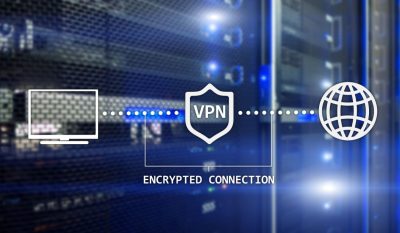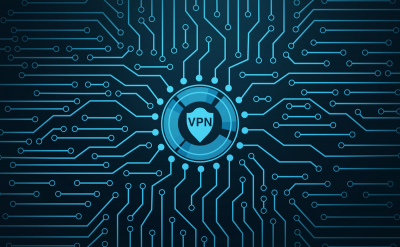Businesses today need to provide an optimum level of data access to their workforce, clients, and stakeholders to be efficient. But to grant access, they need to continually be connected to the internet, which may expose them to hostile environments where threats keep increasing. Cybercriminals are always on the lookout for loopholes in network protection devices (firewalls).
Perimeter Firewall is one of the perimeter security devices that limit the inward and outward movement of traffic and connections based on the network.
This blog will dive deep into the top five risks of perimeter firewalls and suggest some ways to overcome them.
What are the top five risks of perimeter firewalls?
It is proven that all successful attackers exploit the weakest link to invade an organization’s space. The purpose of the network perimeter devices is to protect your enterprise from constantly evolving threats resulting from internet use. Some of the most common risks include:
- Large attack surface area.
- Choking application performance.
- High operational complexity and costs.
- Lateral threat movement.
- Data loss.
A security invasion can have devastating impacts on your business, like service disruption, fraud, theft, loss of intellectual property or data. Every organization needs to adequately secure its network perimeter to prevent security breaches.
What are the best five ways to overcome the perimeter firewalls risks?
It should be a top priority for every organization to protect their privacy, integrity, availability of the internal network, and other information dependent on it. Following should be the primary objective of every organization:
- Secure the network.
- Minimize the system and application vulnerability to external threats.
- Secure your data while switching to the external network.
We have made a list of the best five ways to reduce the risks involved in network perimeter security while delivering an optimum level of data accessibility.
Implement Unified Threat Management (UTM) firewall:
Implementing a robust firewall like a new generation Unified Threat Management (UTM) firewall is crucial.
Compared to traditional firewalls, UTM firewalls deliver advanced and integrated services on a single platform such as:
- Single out websites with malicious content.
- Protect your network against internet viruses and other malicious software trying to invade your network.
- Threat prevention tools analyze network traffic flows to spot internet vulnerabilities and protect them from invading your network.
You can choose to configure these devices as per your business requirement. Following are the most common actions that are usually applied:
- Grant access to just what’s necessary and secure.
- Implement a constant audit process to check if any doors are left open to close them.
If your organization has multiple networks, you need to implement a firewall on all the networks to manage integrally.
Design a computer security charter:
Along with implementing a firewall, one must also design a security charter signed by your workforce. This security carter should have all the dos and don’ts for the employees to protect your network. With the network rules defined, there will be zero space for loopholes. Even after laying out all the rules and regulations, if employees surpass limits, managers will get to know if they are doing it intentionally.
Additionally, one can also set up a system that filters website access based on whether it is commercial or not. This access authorization function is optional and can be integrated into the unified firewall.
Both the cases represent an agreement on the behavior of external and internal users on the network. One should put this designed security charter in a document and get it signed by all the users on the computer network.
Concentrate on VPNs:
The Virtual Private Networks (VPNs) have data encryption that allows users outside the network to access the internal network on the go through the internet. Hence, there needs to be a stringent network protection policy for these networks.
VPNs can override the firewall controls by granting direct access to the network. Therefore, each user must validate their identity to connect to the network. Furthermore, it is crucial to carefully select those who have been given access control. This is why one must restrict access to ex-employees who have been laid off.
Additionally, it is essential to set secure passwords with two-factor authentication, for example, using certificates. According to data, two-thirds of security breaches result from weak passwords or password theft.
Certificates are one of the most significant ways to enhance data protection by assigning keys with unique codes to each device to identify which device is being used by a particular employee. Since the user will have to enter a password and a key to access the system, this double protection will minimize computer hacking risks.
Separate the web applications:
Organizations must separate the web applications on their network instead of on the central network. One can implement a demilitarized zone, or DMZ, managed by the firewall to separate the firewall.
Hence, the user can log in as a user-administrator of the device and bypass the application without accessing the other system when the servers are unstable. It is the most efficient way to protect any public server.
Additionally, one must install an application firewall or WAF to protect the isolated web applications.
Know the extent of computer security:
Information security aims to deliver strategic protection to digital data and assets, which will ensure their availability, integrity, and privacy.
This also pertains to network and information systems security, data protection, and a wider perception of asset management.
Conclusion:
Network perimeter security should be your primary step to protect your data from external threats. It is similar to how antivirus protection was a basic requirement for PC security since the inception of the internet. However, today analysts agree that a multilevel defense mechanism with advanced firewalls is the most effective way to minimize internet attacks on your internal networks.













